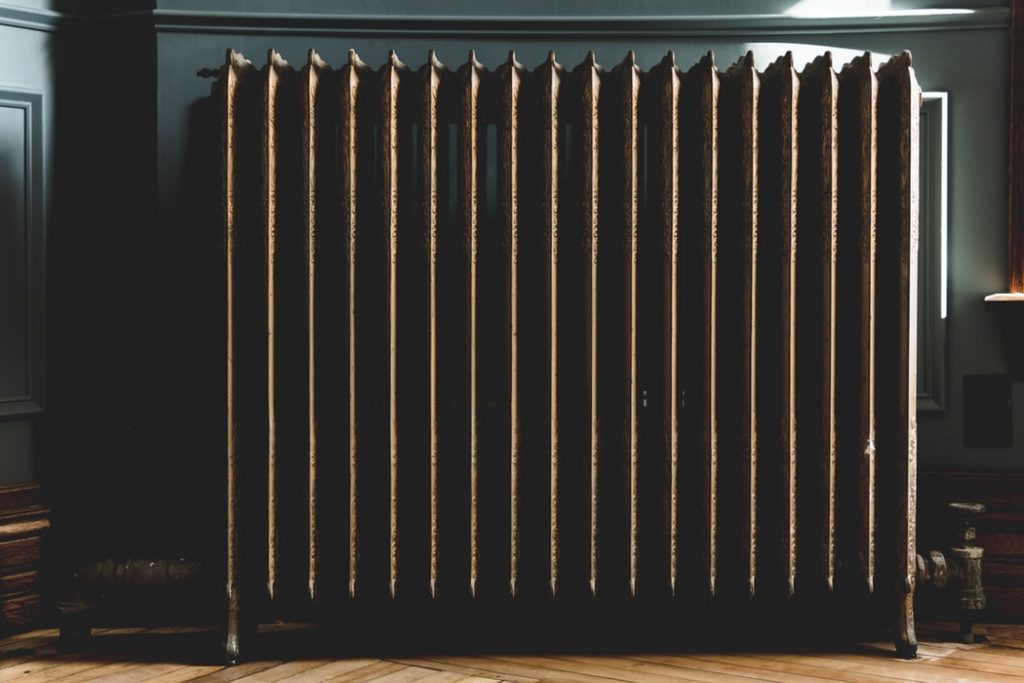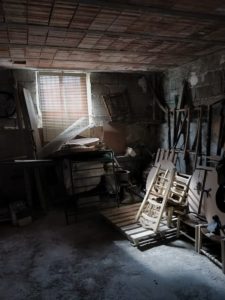Should You Heat An Unfinished Basement In Winter?

The rise in energy bills during the winter can have many homeowners rethinking their heating. One area to cut is an unfinished basement – after all, you’re not using it! Should you be heating your basement, even if it’s not a living space?
For comfort reasons, it’s often a good idea to heat your basement. But first, make sure you have proper insulation and drainage measures in place!
Heating Your Unfinished Basement Can Save You Money
Heating an unfinished basement can raise the comfort of your home. This is because (as you probably know) warm air rises; the upper levels of the home will draw up this air, creating a much more comfortable home. If you leave the basement colder than the rest of the house, the air will draw out across the floor of the main level, leaving your feet cold and forcing the HVAC system to work harder.
Heating the basement can be for more than comfort – it can have an important impact on the interior basement walls!
How Heating Your Basement Can Help Reduce Mould
 Cool temperatures can create the perfect conditions for mould in your basement walls. Warm, moist air collides with the cold foundation walls, and this creates moisture and increases the chances of mould growth. When you heat your basement, the foundation walls heat up too, reducing the chances that mould will grow during the winter months.
Cool temperatures can create the perfect conditions for mould in your basement walls. Warm, moist air collides with the cold foundation walls, and this creates moisture and increases the chances of mould growth. When you heat your basement, the foundation walls heat up too, reducing the chances that mould will grow during the winter months.
It’s not enough to pump more heat into this part of the home, though. You should make sure that the basement ceiling is insulated so that less heat escapes through the floor, even if you’re leaving the rest of the space unfinished. Heating an unfinished but properly insulated basement will help warm your whole home and keep from losing energy.
Make Sure You Have Proper Drainage!
 As good an impact heating the basement can have on the rest of your house, it can negatively impact the exterior of the foundation. When you keep the basement warm, the basement radiates heat through the concrete walls and into the soil around the foundation. This heat can reach up to eight inches away from the walls, into the frozen, snow-covered ground.
As good an impact heating the basement can have on the rest of your house, it can negatively impact the exterior of the foundation. When you keep the basement warm, the basement radiates heat through the concrete walls and into the soil around the foundation. This heat can reach up to eight inches away from the walls, into the frozen, snow-covered ground.
This heat causes the ice in the soil and the snow atop it to melt, creating an accumulation of moisture right on the basement walls. As the snow melts around your basement, moisture gets trapped between the frozen soil and your foundation walls and floor. When this moisture accumulates with nowhere to go, it can degrade the walls and expand small cracks through freezing and thawing. This type of moisture build-up is one of the chief causes of basement leaks.
This is why weeping tiles, crushed round stones, and solid crack fillers are important during winter. The basement serves an important function, even if it’s not finished. It is a storage space for belongings and extra accommodation for important parts like the HVAC system, water heater, and major appliances like washing machines. If the basement becomes waterlogged, all this technology could get damaged while dangerous mould grows throughout the inner walls of the house. Heat the basement and keep it well-protected for overall comfort and safety!
